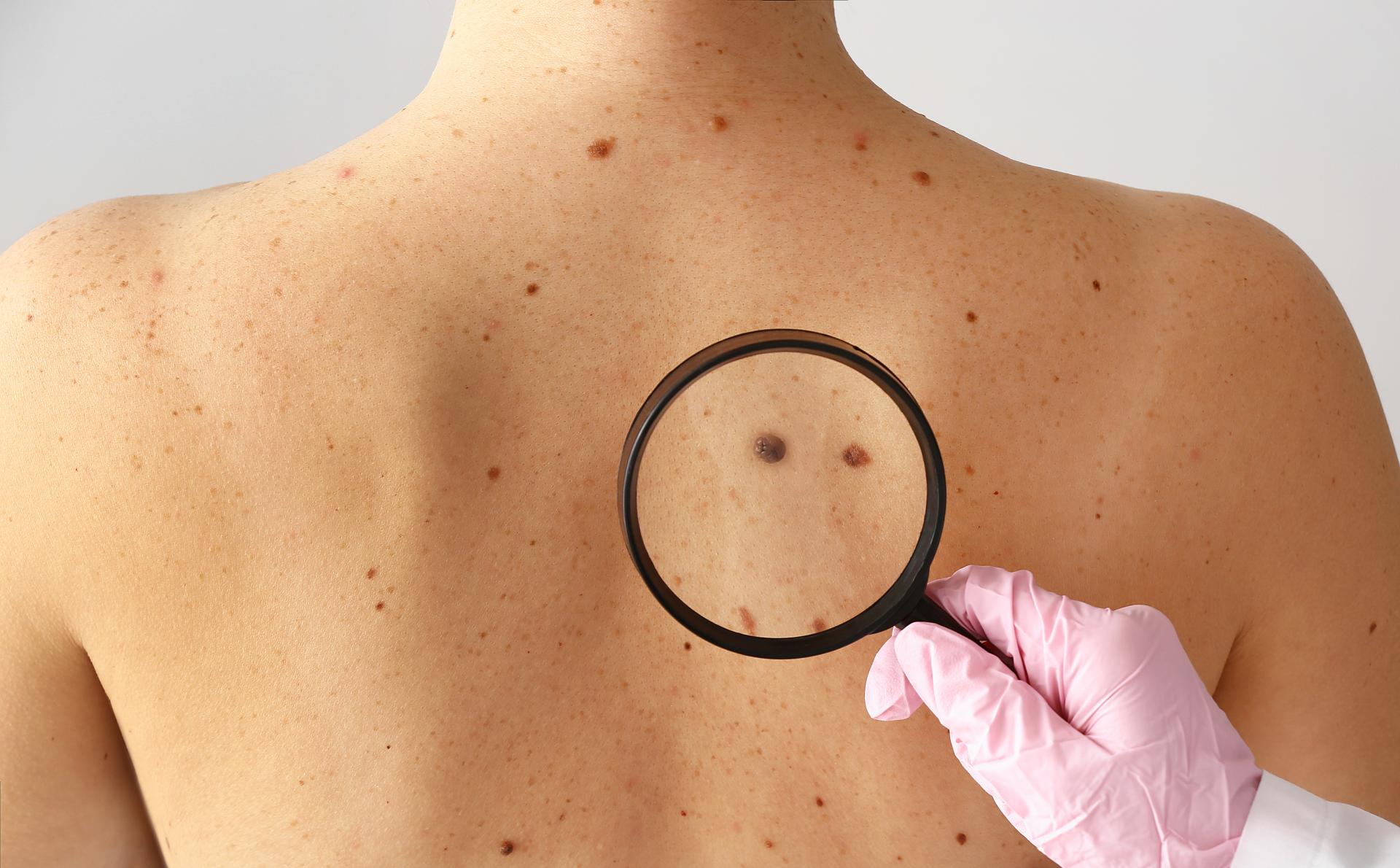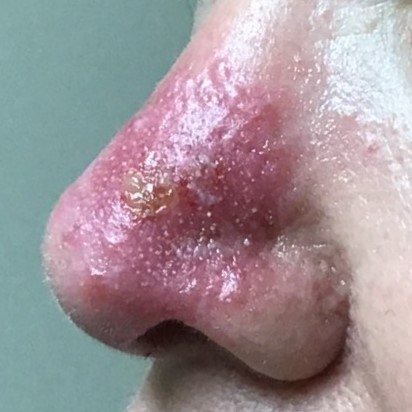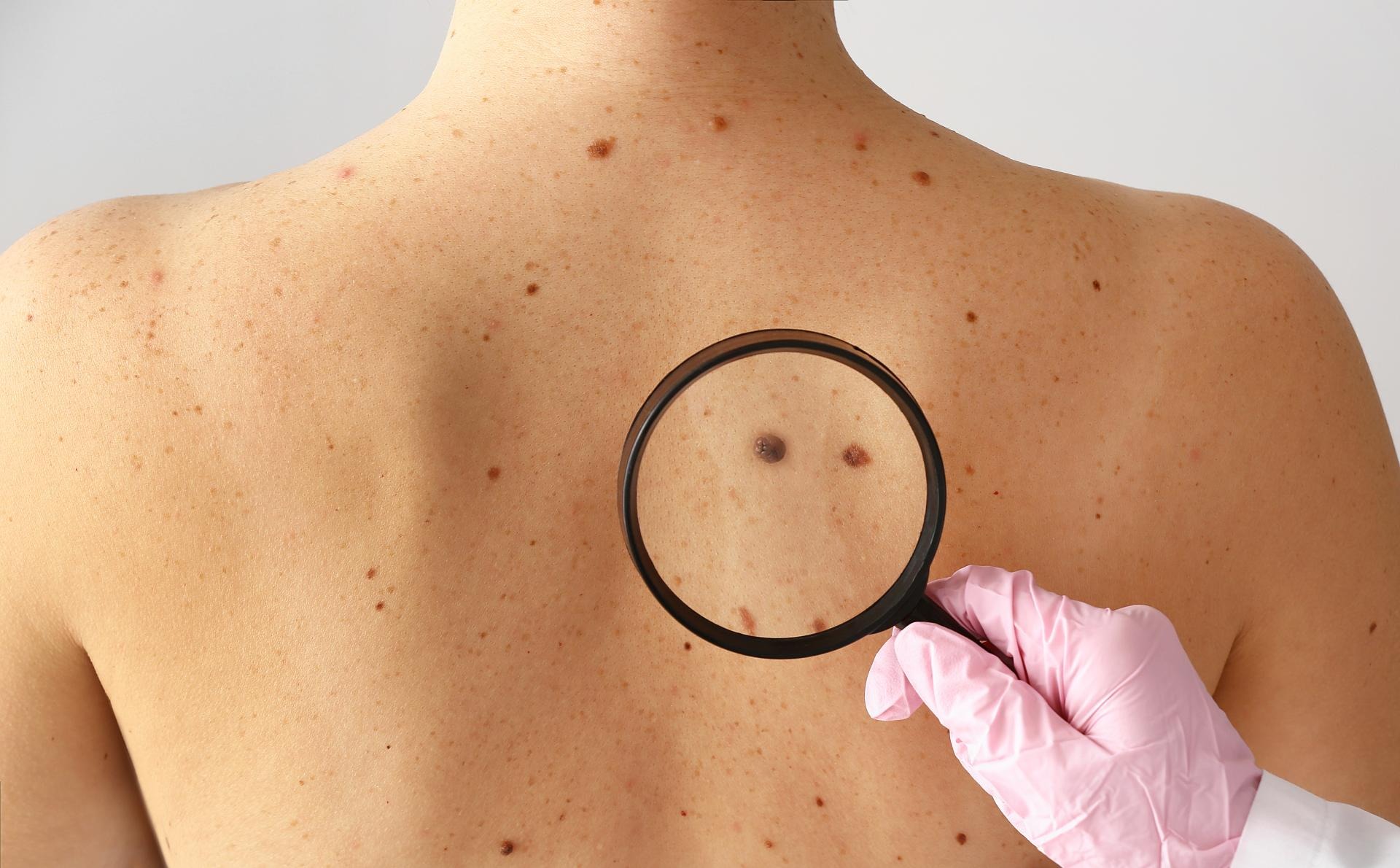Why Recognizing Skin Changes Matters More Than You Think
Skin cancer is one of the most common types of cancer worldwide—and also one of the most treatable when caught early. Despite its visibility, many cases go undiagnosed because early symptoms are subtle or mistaken for harmless skin issues. Knowing what to watch for could save your life.
In this article, we’ll explore the signs that may indicate your skin is developing cancer and when you should seek medical evaluation.
What Is Skin Cancer?

Skin cancer occurs when abnormal skin cells grow uncontrollably. It typically forms in areas exposed to ultraviolet (UV) rays from the sun or tanning beds, but it can also appear on parts of the body rarely exposed to light.
There are three major types:
-
Basal cell carcinoma (BCC) – the most common and slow-growing
-
Squamous cell carcinoma (SCC) – faster growing and can spread
-
Melanoma – the most dangerous and aggressive form
Each type can look different, so it’s important to monitor any change in your skin, not just moles.
A New Growth or Spot That Wasn’t There Before

One of the first signs of skin cancer is a new spot or growth that wasn’t there previously. This could be a flat or raised area and may appear pink, red, brown, or black.
If a spot emerges without a known cause and continues to grow or change, it’s worth a closer look by a dermatologist.
A Mole That Changes in Shape, Size, or Color
Moles are common and usually harmless, but when they start to evolve, they could signal melanoma. Dermatologists recommend using the ABCDE rule to monitor moles:
-
A – Asymmetry: One half doesn’t match the other
-
B – Border: Edges are irregular, blurred, or notched
-
C – Color: Uneven shades or multiple colors
-
D – Diameter: Larger than 6 mm (about the size of a pencil eraser)
-
E – Evolving: Changes in any way over time
Even small changes in existing moles should be evaluated promptly.
A Sore or Lesion That Doesn’t Heal

A non-healing sore is a hallmark sign of basal or squamous cell carcinoma. These sores may look like:
-
A pimple that doesn’t go away
-
A cut that bleeds, scabs, then bleeds again
-
A red, irritated patch that crusts over or oozes
If you have a skin lesion that hasn’t healed after three weeks, consult a doctor.
Itchy, Painful, or Burning Spots

While many skin cancers are painless, some may cause persistent itching, tenderness, or burning sensations. These symptoms might be mild at first but can intensify over time.
If the discomfort is localized to one area and doesn’t improve with topical treatments, it could be a warning sign.
Rough or Scaly Patches

Areas of skin that are rough, dry, or scaly and do not improve with moisturizers could be a sign of actinic keratosis, a precancerous condition that can develop into squamous cell carcinoma.
These spots often appear on sun-exposed areas like the scalp, face, ears, and arms.
A Shiny or Waxy Bump
Basal cell carcinomas often appear as pearly or translucent bumps, especially on the face or neck. These may look like cysts or small nodules with visible blood vessels.
Unlike pimples, they don’t go away and may eventually bleed or develop a crust.
A Dark Streak Under a Nail
:max_bytes(150000):strip_icc()/black-line-nail-GettyImages-1165975507-b23f5bbf077b4bb5ad902d1ef465b9bb.jpg)
Melanoma can occasionally develop in the nail bed, appearing as a dark stripe under the fingernail or toenail. This form is more common in individuals with darker skin tones and often goes unnoticed until it spreads.
If you notice any unexplained nail discoloration, especially one that grows, seek medical attention.
A Patch That Looks Like a Scar
Sometimes, basal cell carcinoma appears as a flat, flesh-colored area with a waxy texture, resembling a scar. These lesions are often mistaken for minor skin damage but slowly enlarge over time.
Areas of Bleeding or Crusting
Any area of the skin that bleeds easily or constantly scabs and crusts may be suspicious. This is particularly concerning if it happens without trauma and continues for weeks.
Pay attention to skin that seems “fragile” or breaks open repeatedly.
Red or Inflamed Skin with No Clear Cause
Persistent redness, swelling, or inflammation on the skin that doesn’t improve with regular treatment may be an early sign of cancer.
While not always malignant, chronic inflammation in one area should not be ignored.
Why Early Detection Saves Lives
When caught early, most skin cancers can be removed before they spread. Melanoma, in particular, has a high cure rate when diagnosed early, but can become life-threatening if left untreated.
Being proactive about skin changes can dramatically improve survival outcomes.
Risk Factors That Increase Skin Cancer Risk

Understanding your risk can help you stay more vigilant. The following factors increase your likelihood of developing skin cancer:
-
Frequent sun exposure without protection
-
History of sunburns, especially blistering
-
Tanning bed use
-
Fair skin, light eyes, or freckles
-
Weakened immune system
-
Family history of skin cancer
-
Age over 50
Even people with darker skin tones can develop skin cancer, particularly on the soles, palms, or under the nails.
How to Protect Yourself
Prevention plays a key role in reducing your skin cancer risk:
-
Wear broad-spectrum sunscreen SPF 30+ daily
-
Reapply sunscreen every two hours or after swimming
-
Avoid tanning beds entirely
-
Wear hats and long sleeves in the sun
-
Seek shade between 10 AM and 4 PM
-
Get regular skin checks by a dermatologist
-
Perform monthly self-exams for new or changing spots
When to See a Dermatologist
Schedule a professional skin exam if you:
-
Notice a suspicious spot or mole
-
Have multiple risk factors
-
Experience persistent skin changes
-
Haven’t had a skin check in over a year
Dermatologists can use dermoscopy, skin biopsies, and other non-invasive tools to evaluate potential issues.
Conclusion
Your skin can offer vital clues about your health. If you notice any new, unusual, or changing spots—especially those that persist, bleed, or itch—it’s time to get them checked.
Early detection of skin cancer saves lives. By being proactive, performing regular skin exams, and protecting your skin from UV damage, you can significantly lower your risk and catch problems early when they are easiest to treat.
